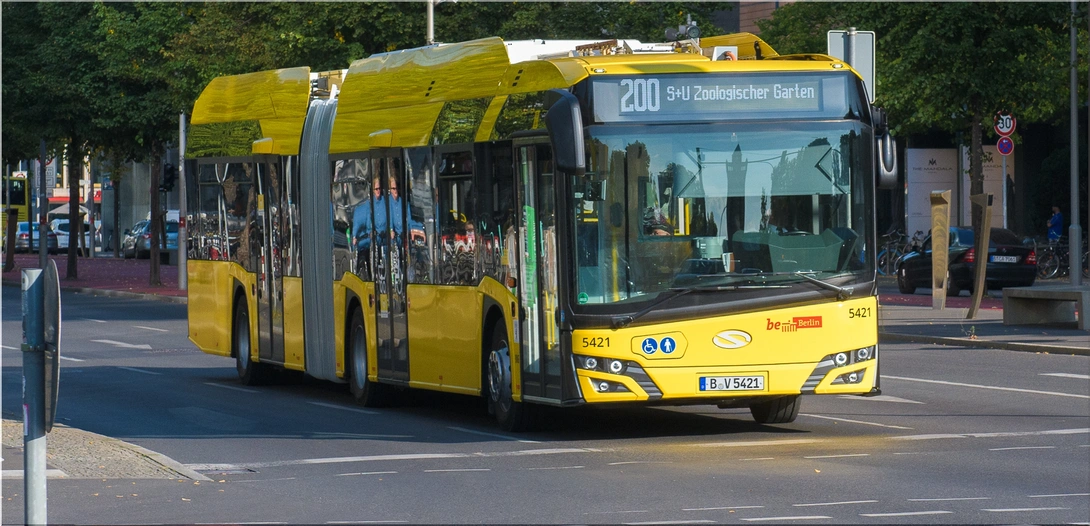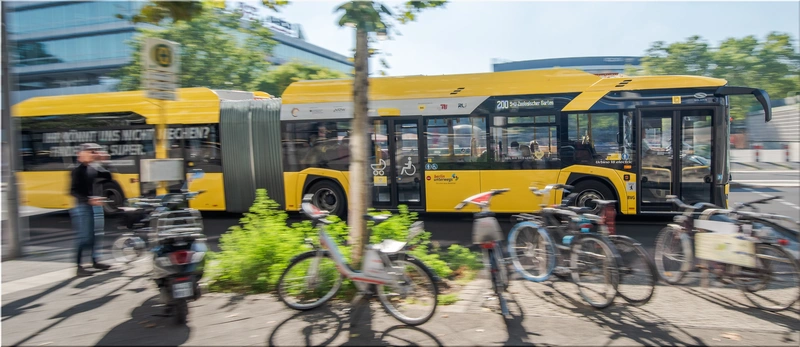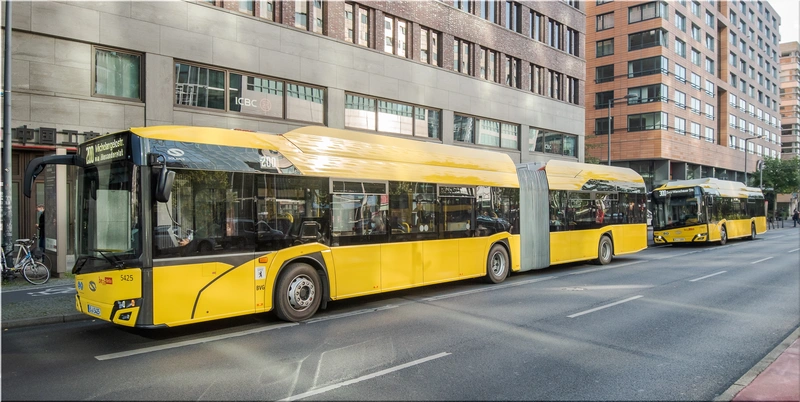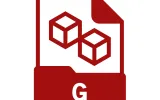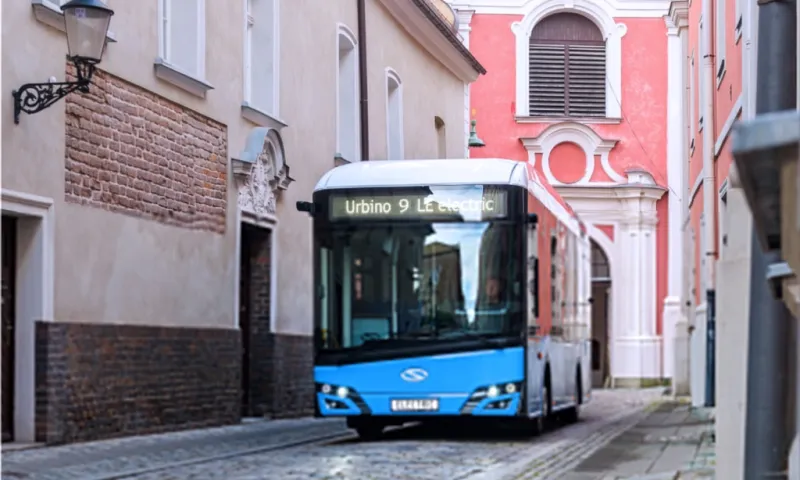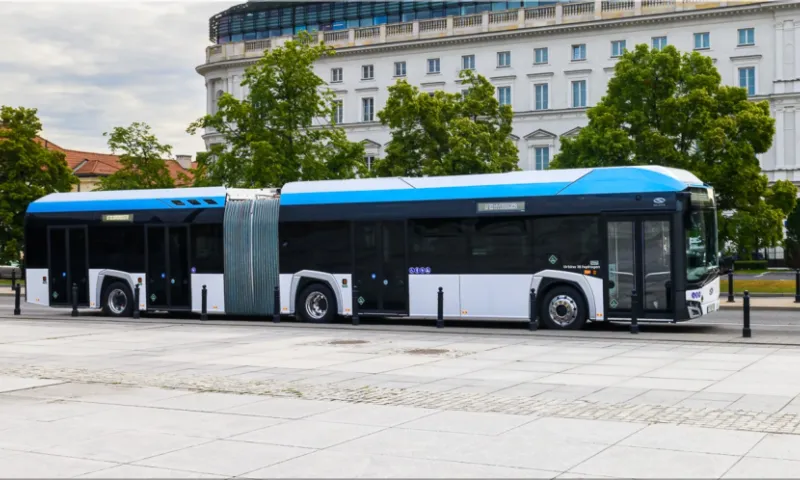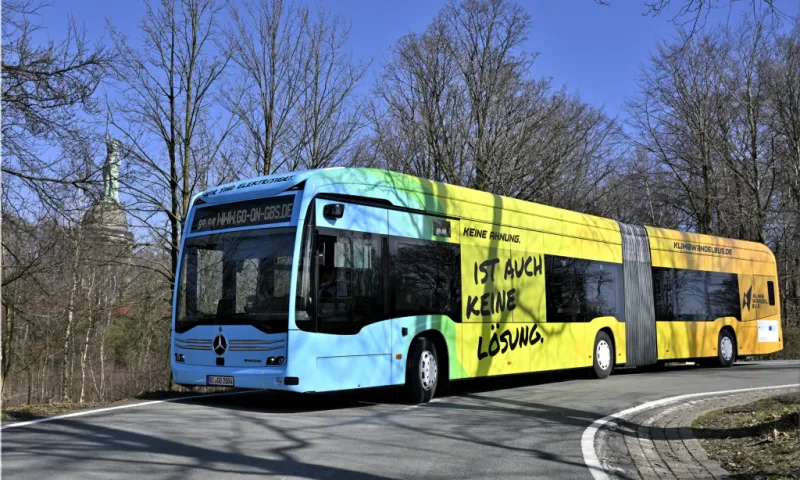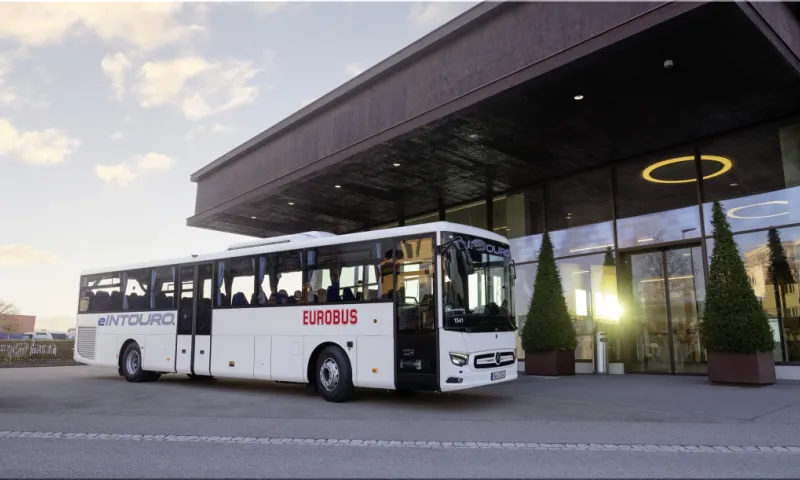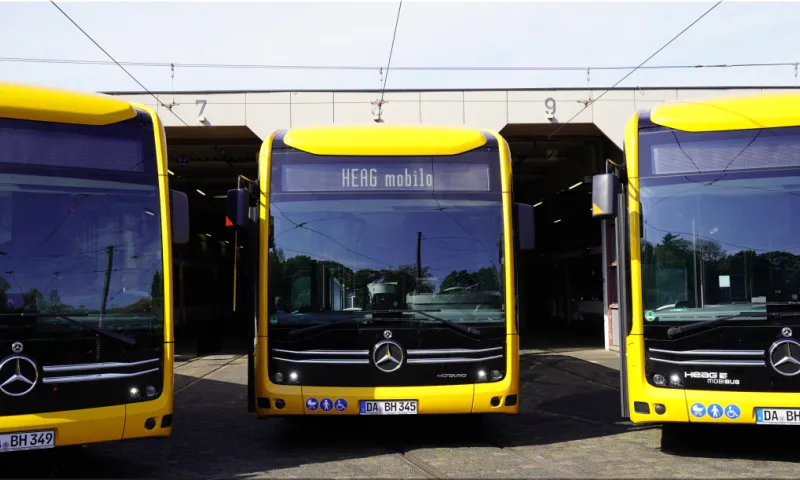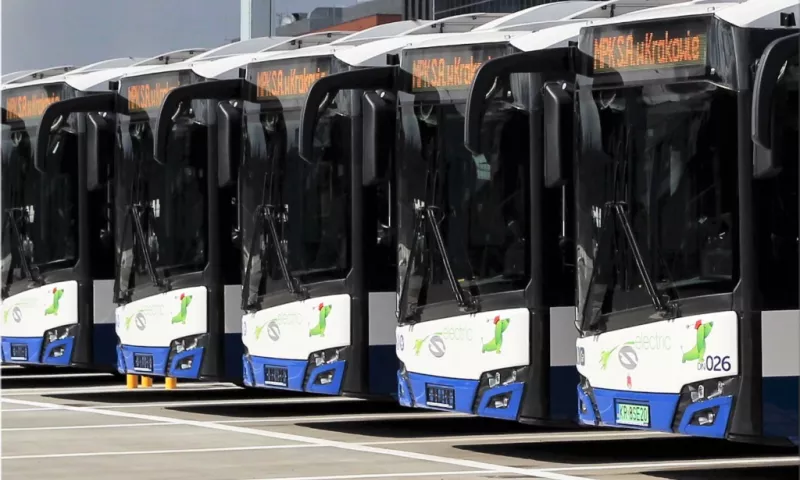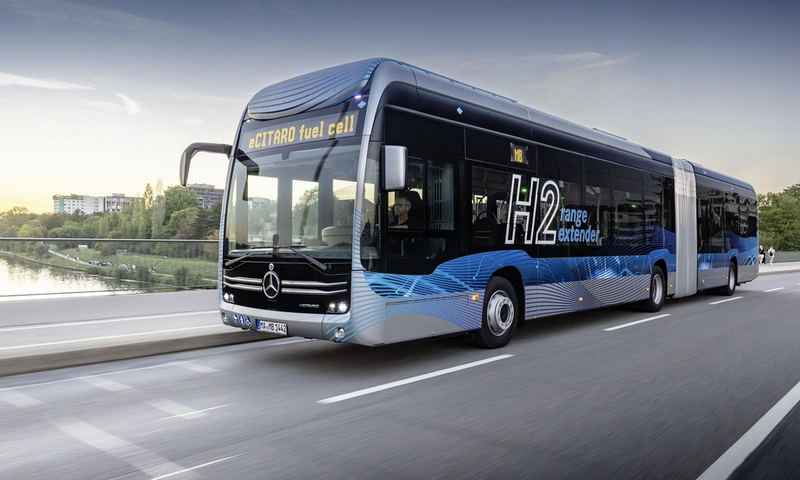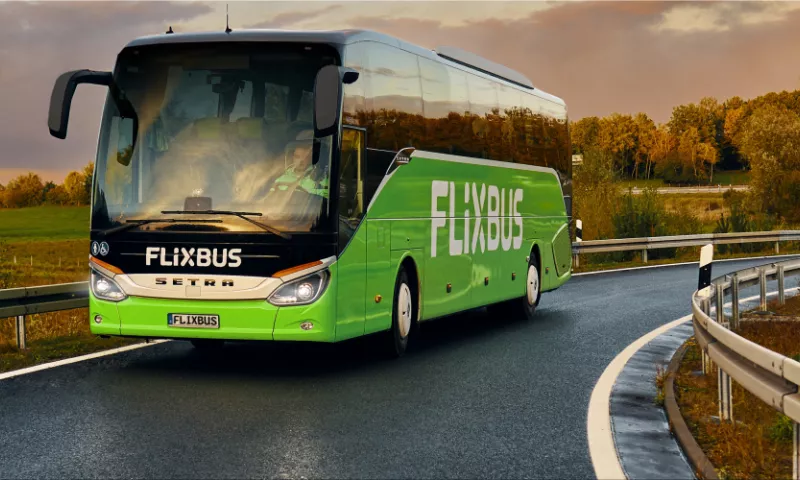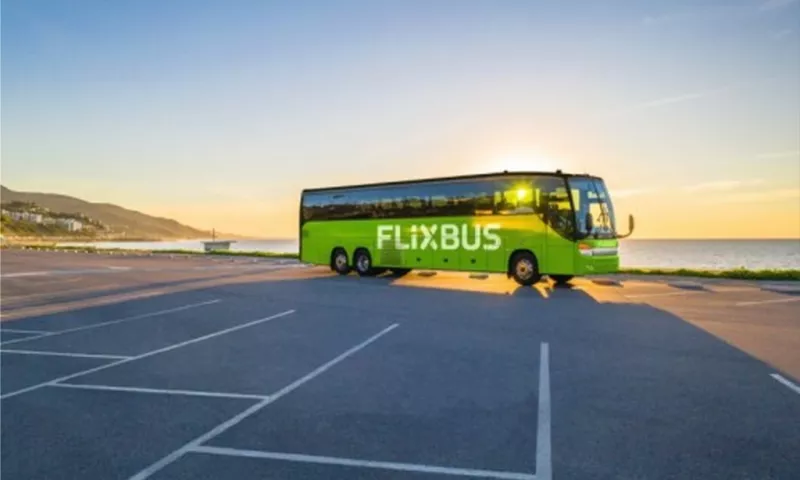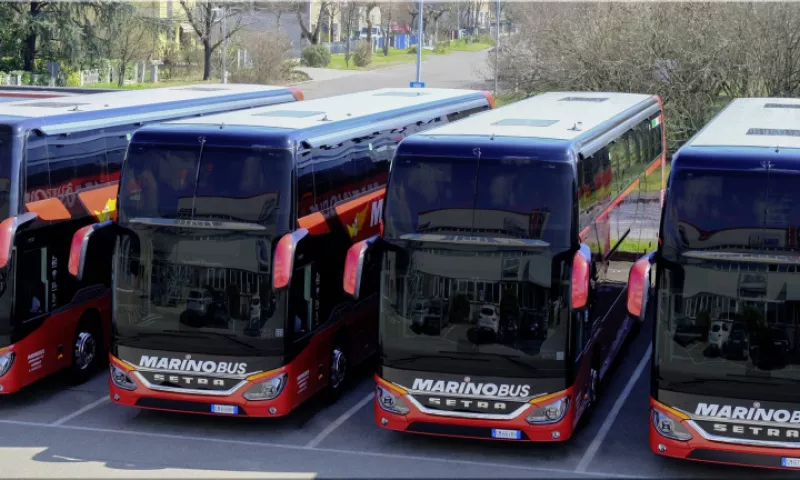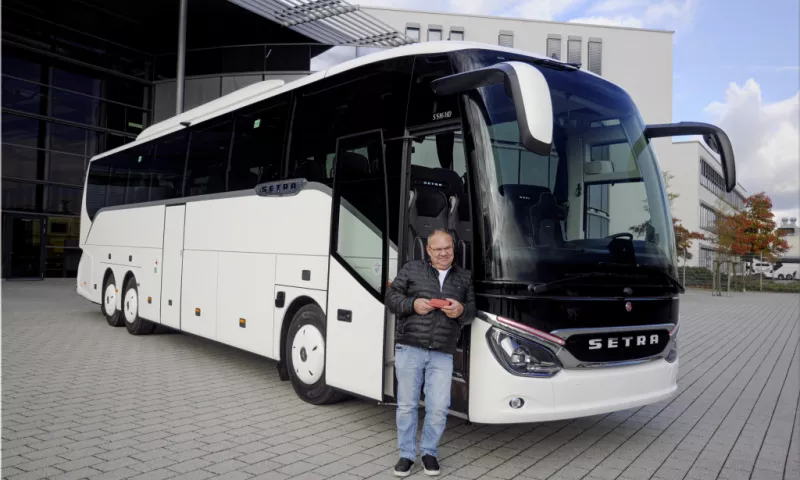Berlin is scaling its electric fleet fast. In a major move, Berliner Verkehrsbetriebe (BVG) confirmed a second order for 270 articulated Solaris Urbino 18 electric buses, expanding its commitment to zero-emission mobility. The purchase follows an initial December 2023 order of 50 buses under a flexible eight-year framework agreement allowing up to 700 units in total.
This isn’t just procurement. It’s infrastructure alignment, capacity scaling, and platform standardization.
Key Deal Figures and Specifications
- Total e-buses ordered to date: 320 units (50 + 270)
- Framework agreement ceiling: 700 articulated electric buses over 8 years
- Bus type: Solaris Urbino 18 electric
- Battery type: Solaris High Energy
- Charging methods: Plug-in and pantograph
- Estimated unit cost: ~$900,000 USD per bus
- Total deal value (approx.): $243 million USD for the 270-unit batch
Why BVG Doubled Down on Solaris
BVG is pushing hard to modernize Berlin’s bus fleet. Two priorities guide this approach:
- Fleet Electrification: Replacing diesel units with zero-emission electric buses reduces carbon output and urban air pollution.
- Infrastructure Modernization: The charging network is growing, with new depots designed for large-scale e-bus deployment.
Christian Goll, Managing Director of Solaris Deutschland GmbH, framed it clearly: this is about execution. Solaris already delivered 50 units. BVG’s additional 270-unit order signals strong performance and aligned goals.
Key Performance Factors for Urbino 18 Electric
Solaris Urbino 18 is a high-capacity articulated bus engineered for urban mass transit.
| Specification | Detail |
|---|---|
| Length | 18 meters |
| Passenger Capacity | Approx. 120 passengers (varies by config) |
| Battery Technology | Solaris High Energy |
| Charging Options | Plug-in + pantograph |
| Emission Level | Fully zero-emission |
| Operator Integration | Customizable based on depot infrastructure |
The dual charging setup (overnight plug-in and daytime pantograph) supports operational flexibility. Fast-charging via pantograph enables mid-route top-ups during peak hours.
Strategic Implications for Berlin’s Transit Goals
BVG’s latest order marks a tactical escalation. Here's what it means:
- Scalability: The 8-year, 700-bus framework allows for phased deployment as infrastructure catches up.
- Standardization: Limiting procurement to a single model reduces maintenance variability.
- Carbon Target Alignment: Aligns with Berlin’s transport decarbonization timeline and climate-neutral targets by 2045.
Solaris' Growing Footprint in Europe
Solaris, part of the CAF Group (Spain), continues to expand across European transit networks. With over 25,000 buses deployed in 33 countries, its growth strategy targets public operators under regulatory pressure to cut fleet emissions fast.
Current Solaris Fleet Penetration:
- Cities served: 850+
- Countries covered: 33+
- Electric platforms: Battery-electric, hydrogen, trolleybus
Its Urbino 18 hydrogen won the 2025 “Bus of the Year” award, showing Solaris isn’t relying on just one powertrain strategy.
